Sri Sri Ravi Shankar Yamuna festival is more than environmental challenge
Editors’ Note: At the IARJ, we are pleased to publish these photos and news-analysis from journalist Bhavya Srivastava, who covered the huge World Cultural Festival in March 2016. The elaborate event was organized in the plains near India’s sacred Yamuna river by Sri Sri Ravi Shankar.
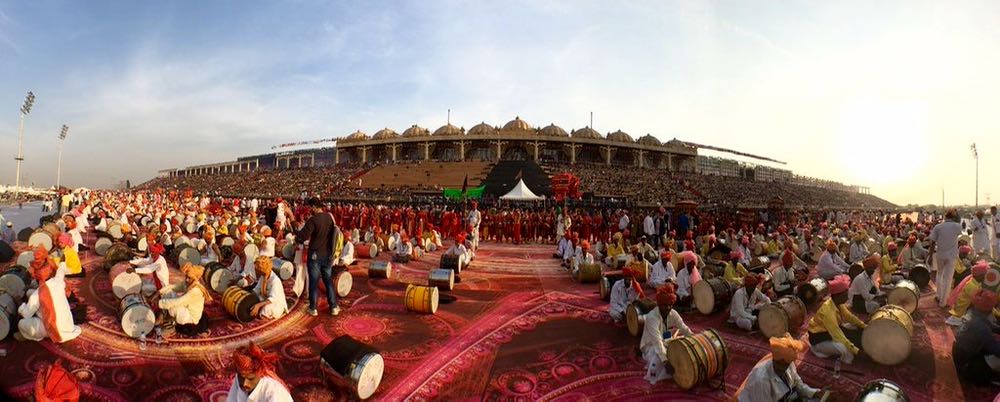
The world’s cultural diversity is vast and that is especially true in the land of India, where many cultural revolutions have shaped the country into a global reservoir of wisdom. In India, philosophy is part of daily life.
Around the world, large religious and spiritual gatherings are held every year, but most of them attract followers from a single religion. That is understandable because many countries draw their identities from national cultures dominated by a single religious tradition.
India is distinct because of its myriad cultures—a great array of religious and spiritual traditions.
News headlines from the four-day World Cultural Festival, sponsored by Sri Sri Ravi Shankar’s Aft of Living Foundation, focused largely on the controversy over the environmental impact of holding this huge event in the sensitive floodplains of Yamuna. Environmentalists charged that the festival would damage flora and fauna. At the same time, Sri Sri Ravi Shankar’s supporters promised that they would not cause permanent harm—but controversy flared at one point when Shankar appeared to be refusing to pay a large cleanup fee.
The environmental side of this story literally became mired in mud when rains fell across the site.
When the event ended, however, a number of Indian news agencies quoted government official Arvind Kejriwal, the CM of Delhi, describing the event as historic, divine and amazing
—and agreeing that cooperative efforts would clean up and restore this site in the Yamuna floodplains. Shankar was quoted in Indian news reports making the same pledge of cooperation in the cleanup.
Beyond that environmental perspective on this story, however, is the significance of the interfaith event itself. In most countries around the world, diverse religious events on this scale—focused on interfaith peace—don’t take place.
As I covered this event, I gathered photos (see below) that illustrate the size and colorful scope of the festival in this auspicious venue. The site is significant, because the central plans of northern India are known for the interfaith confluence called Ganges-Yamuna Culture (sometimes spelled Gang-Jamuni). Shankar intentionally situated his organization’s 35th anniversary festival in this sacred site.
Representatives came from 155 countries for this mega gala where every entrant contributed to the cross-cultural community. Large ensembles performed from many of these countries. One estimate placed the total performers at 35,000. Crowd estimates ranged from hundreds of thousands to more than a million.
On the first day of the festival, Indian Prime Minister Narendra Modi inaugurated the festival, describing it as a Kumbh Mela of arts and cultures.
Mr. Modi said, We have to be proud of our heritage, our country.
Then, the performances of various cultural groups enthralled the huge gathering, starting with a rendition of the Lord Ganesh prayer. That was followed by hundreds of vedic pandits chanting the peace prayer. Later the performances of Indian classical dance forms, Kathak and Bharatnatyam, mesmerized the audience.
There were many amazing ensembles: more than 1,300 artists performing Mohiniattyam and Kathakali from Kerala, a grand symphony of 8,500 musicians, 500 artists from Argentina, 106 dancers from the Philippines, 650 African Djembe drummers, 226 dancers from Brazil performing the samba.
Throughout the event, almost 15,000 volunteers were on the ground to help with logistics—including controlling the litter and collecting empty water bottles.
The organizers claimed that a live broadcast of the festival was carried to 161 countries around the world.
Political and business leaders appealed for world peace. The roster included former French Prime Minister Dominique de Villepin, Sheikh Nayan Bin Mubarak Al Nayan from the United Arab Emirates, Forbes Media LLC CEO Michael Perlis, and Businessworld magazine owner Anurag Batra.
A wide range of religious leaders brought greetings from a Vatican representative who read a message from Pope Francis—to Hindu, Jewish, Sikh and Baha’i leaders who participated.
India’s foreign minister Sushma Swaraj was among the top Indian officials who made headlines for attending and endorsing the value of the event. Sri Sri could hold such a spiritual gathering anywhere in the world,
Sushma Swaraj said in her talk. That means India is lucky that he was born there, she said.
This kind of festival is a model of how religious groups could live in harmony anywhere, she said.
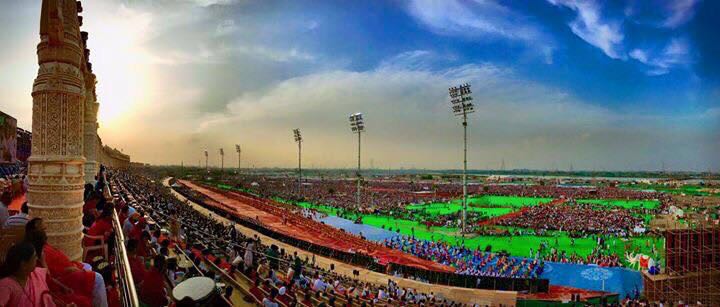
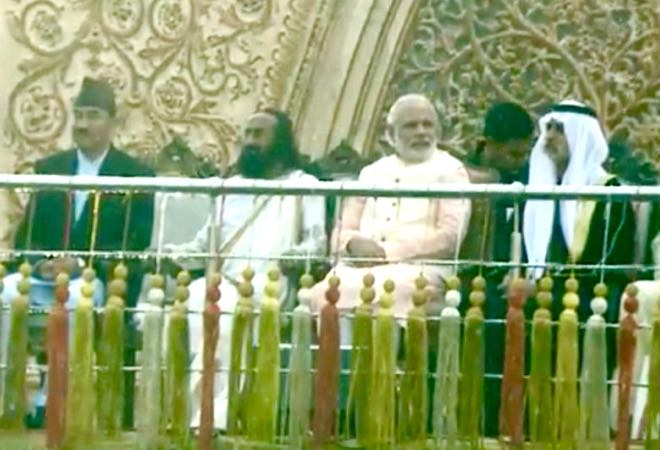
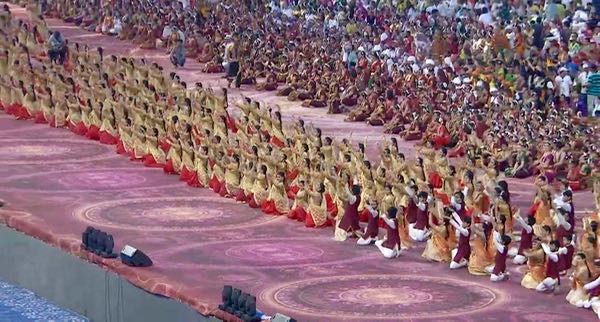
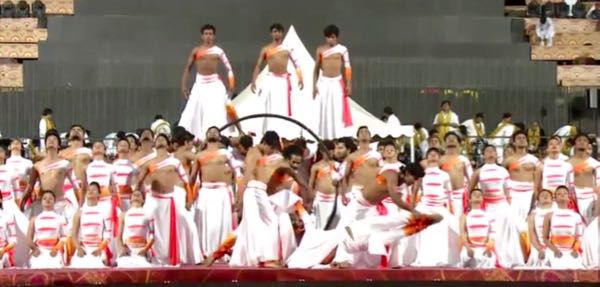
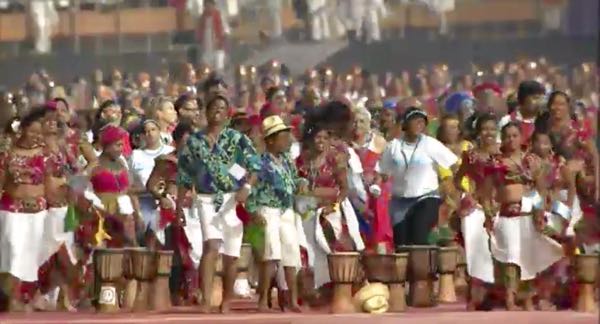
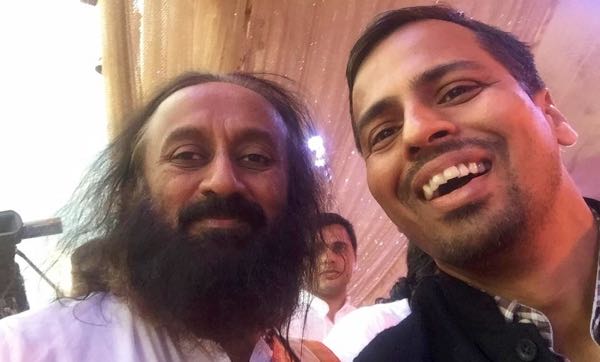
Bhavya Srivastava is a veteran journalist specializing in religion news. For years, he has worked as a news writer and producer for a number of media companies, including the popular Indian network STAR News (now known as ABP News). His academic work includes sociology, political science, media ethics and post-graduate research in film production and electronic media. He is a member of IARJ.
